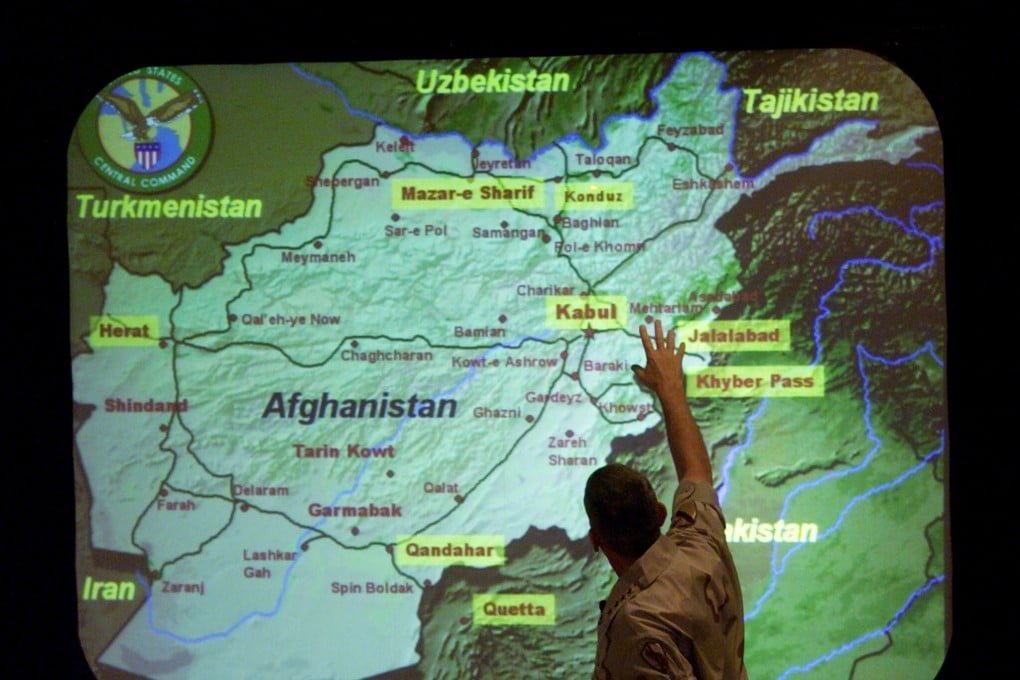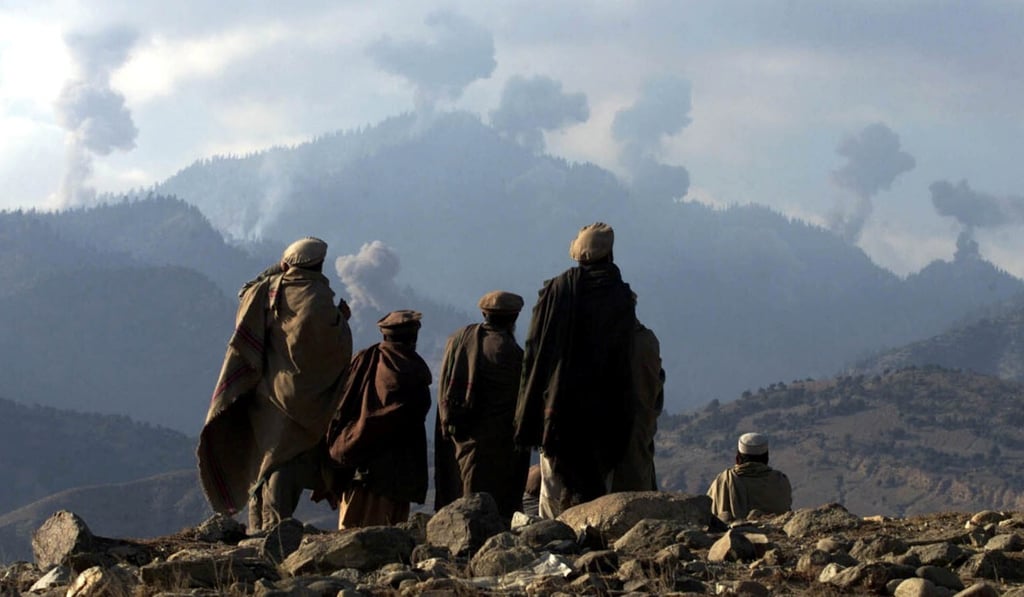Advertisement
‘War is over’: key Afghanistan dates since 2001
- Taliban declare the war in Afghanistan over after taking control of Kabul
- How Afghanistan arrived at this place is a long and arduous journey
Reading Time:3 minutes
Why you can trust SCMP
3

With the Taliban back in control of Afghanistan, here is a recap of landmark events in the war-torn country since the group’s first regime was toppled in the 2001 US-led invasion.
2001: September 11 and ‘war on terror’
US President George W Bush launches his “war on terror” in response to the September 11 attacks that killed around 3,000 people, with air strikes on Afghanistan on October 7, 2001.
Advertisement
The Taliban government had sheltered Osama bin Laden and his al-Qaeda movement, which masterminded the attacks.
In power since 1996, the Taliban are soon defeated and flee the Afghan capital Kabul on December 6.
Advertisement
Hamid Karzai is appointed to lead an interim government and Nato begins to deploy its International Security Assistance Force.

Advertisement
Select Voice
Choose your listening speed
Get through articles 2x faster
1.25x
250 WPM
Slow
Average
Fast
1.25x